記憶
Henry Gustav Moresson is one of the most well-known patients in the brain research history.
He has been suffering from convulsions due to epilepsy since he was 10 years old.The spasms became intense and frequent,so when he is 27 years old, doctors advised to remove a region of the brain thought to be the cause of epilepsy. In 1953, Scoville operated on the medial temporal lobe.
Scoville & Milner (1957) "cleaved the medial temporal lobes on both sides, anteriorly up to 8 cm from the midpoint of the end of the temporal lobe and laterally to the temporal angle".
After recovery from surgery, his epileptic seizures have improved significantly. However, although he remembered the events and things he knew before the surgery, he could not remember anything after the surgery (There were some shymptoms; he learned driving skills, but fogot the moment while learning. )
Mr. Moreson was named "HM", and he helped the study of his characteristic memories for decades. Suzanne Corkin, a neuroscientist at the Massachusetts Institute of Technology (MIT) who has been studying Moreson for nearly 50 years, said that more memory deficits were caused by damage to the entorhinal cortex rather than the damage to the hippocampus itself .The entorhinal cortex is the main input pathway to the hippocampus .
In the animation below, I show the surgery on both medial temporal lobes. However in fact,he removed about 60% of the limbic hippocampus, parahippocampal gyrus, and amygdala. Almost all of the hippocampus and part of the temporal lobe were removed.
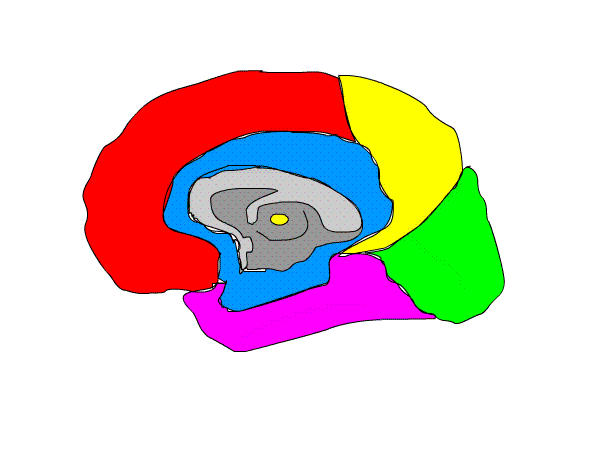
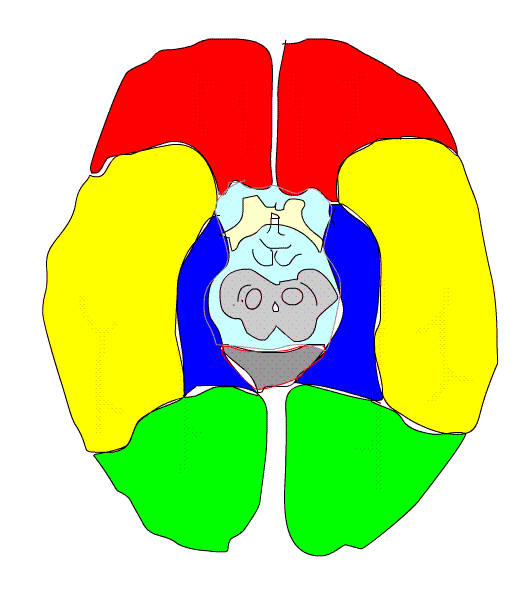
changes after the operation
What he could doat He carred on with his normal life, talk and had a nomal intelligence. He rememered his family and his childhood. He draw the layout of the house he moved to and live in. He had the sense of perception and distance. He could improve a manual work with training. |
The aftereffect He couldn't remember anything new. He forgot the newspaper news in a minute. He couldn't remember address ,when he moved. He didn't remember the fact that he had trained manual work. |
It was generally thought that memory traces were spread throughout the brain at the time Molson was operated on, but from his case, certain brain parts were essential for certain memory functions.
Now let's first think about the types of memory. Please see the animation below.

Semantic memory refers to memory about knowledge and general facts .
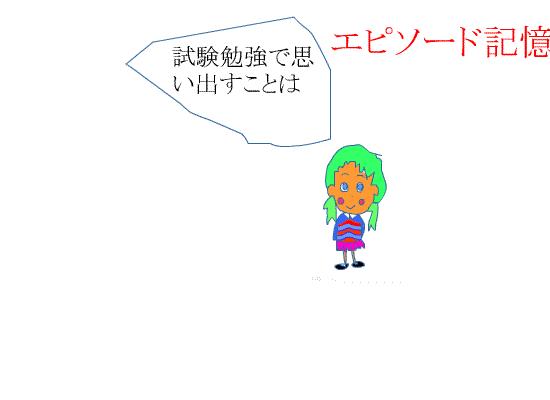
Episode memory is memory related to personal experiences and events .
These two are collectively referred to as declarative memory ,which you can tell the memory in words to others. Secondly, there is non-declarative memory ,and there are two types. The first is the procedural memory ,which is aobut daily movements and exercise. As you can see in the video below, it is a memory that your body will remember like when you train to use chopsticks . It is a memory of movement that is created by repeating the same experience.
procedural memory
The second is conditional reflex . As you know, it's a Pavlov dog. When we ring a bell everytime the dog is fed, he comes to drool just with the bell. This is the conditional reflex. In thhis case,the food is called unconditioned stimulus . Whether or not you experience it, the stimulus itself occurs some action. The bell sound that causes drooling is called conditioned stimulus.
Conditional reflex is Action and phenomenon that occur reflexively in response to conditional stimuli regardless of consciousness .


A place to classify memories by measuring time
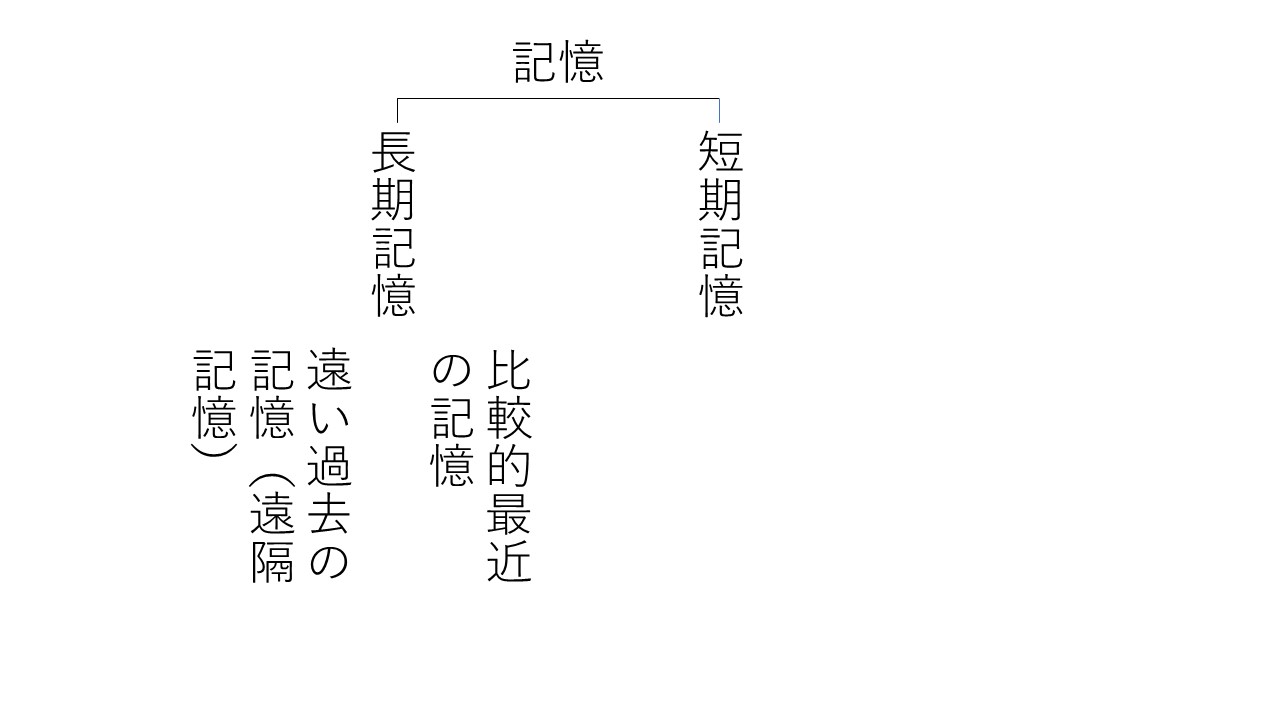
Short-term memory can go away for minutes.
The long-term memory can be remembered after days.
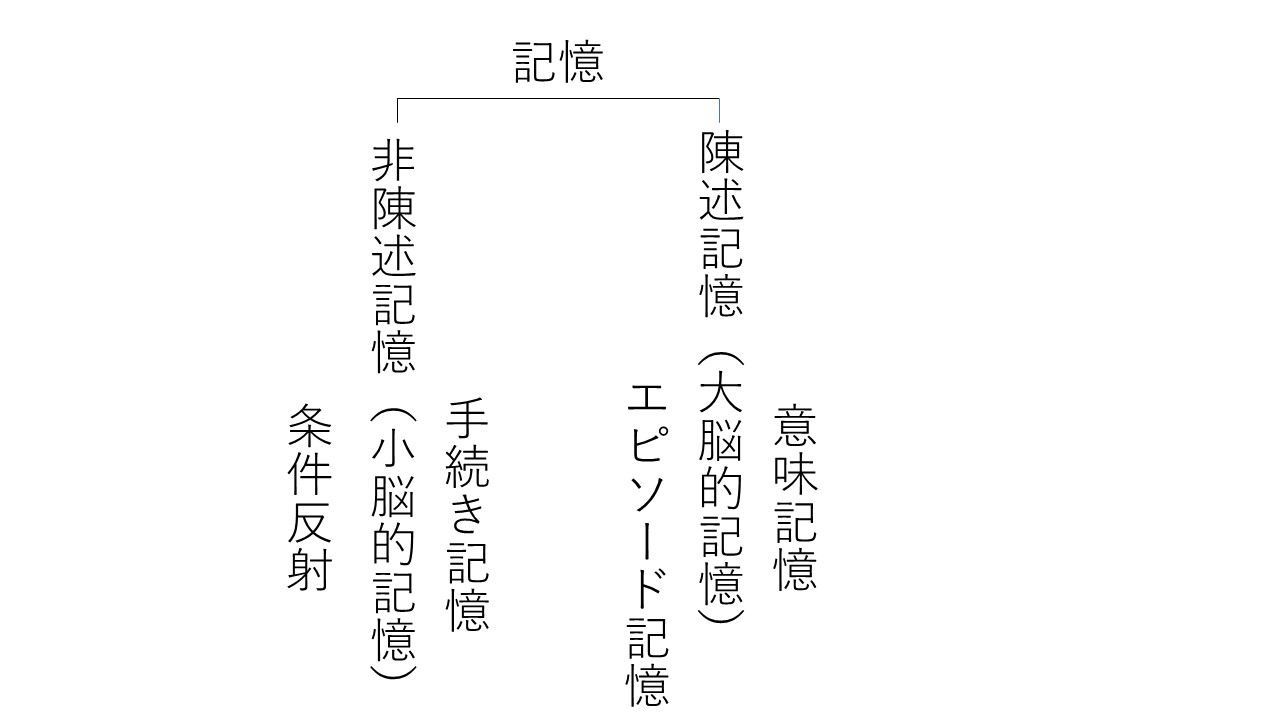
As described above, when classifying by the brain work, we can distinguish the memory related to the reason and humanity in charge of the cerebrum ,and the memory of the movement related to the cerebellum.
| How the brain stores memory |
In 1965, Eric R. Candel ,a scholar,first clarified the relationship between memory and the plasticity of neural circuits (the property that the deformation remains when the nervous system is deformed).He made an experiement with?Aplysia kurodai which is slug-like mollusk living on the beach.
Invertebrates have extremely advanced behaviors, instead of a small brain.?In other words, it means that the ability of learning and memory for the change is very high.?Learning and memory abilities of insects are much better than that of invertebrate, but mollusc gastropods have large neurons, and the number of these neurons is relatively small, so invertebrate can be investigated for researching changes in behavior at the cellular level and the genetic level.
Aplysia kurodai
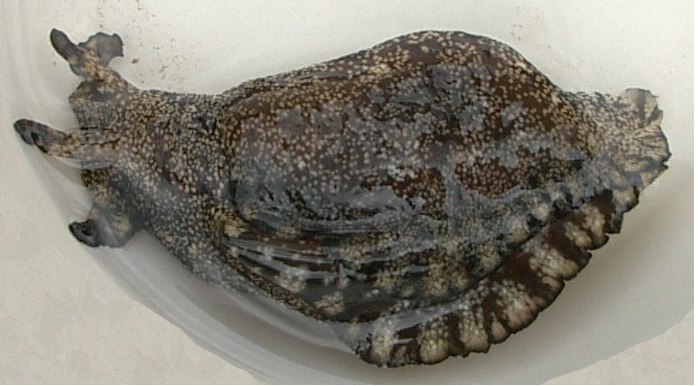
When Aplysia kurodai is attacked, it will blind you with a purple liquid.The liquid spreads in the water like cloud.So it is called Amehurasi which means it makes it rain.It is also called sea hare in English,because the horn looks like rabbit's ear.
Aplysia's nervous system is a ganglion made up of a huge cell body, and like the squid, it is suitable for research and is easily available.
。

First of all,let's see his investigation of the Aplysia movement .
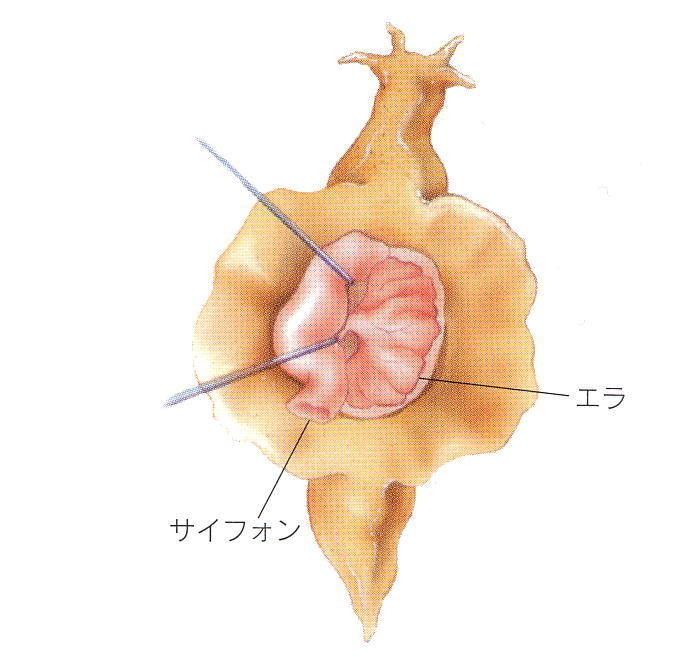
When you flip the Aplysia,you can see the pipe called siphons and gills in the left picture.
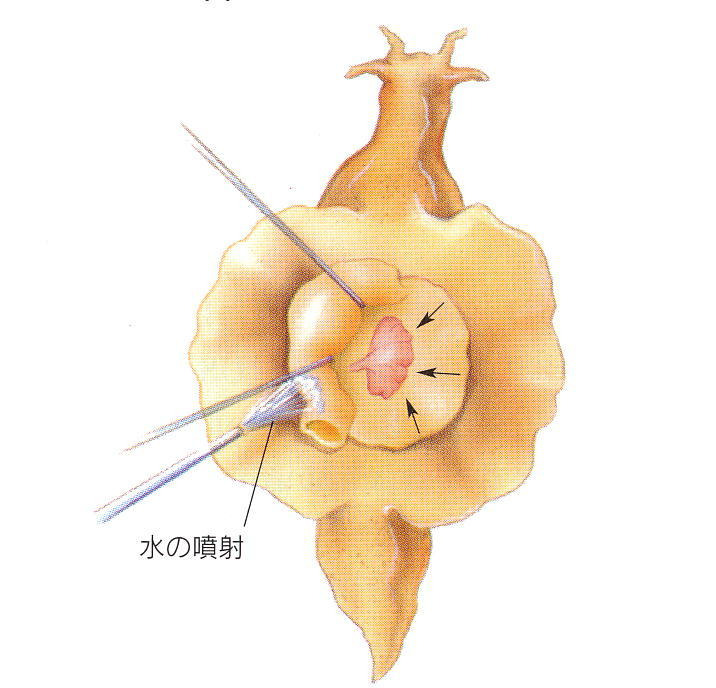
Gill is withdrawn by spraying water on the siphon.
This is the gill-withdrawal reflex .
In the first experiment , we spray water on the siphon and observe the gill-withdrawal reflex.
In this experiment, the gill-withdrawal reflex causes the habituation, that is, the gull did not pull in if the siphon was kept lightly applied.Do they get to use to the stimulation?
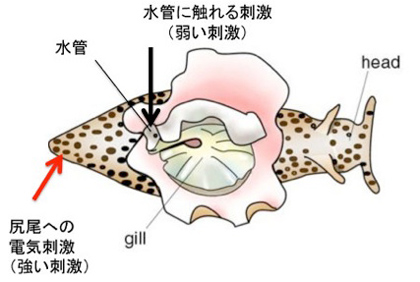
Therefore, He stimulated the siphon to the extent that no gill was pulled in and no reflexes appeared, and immediately after that, electrical stimulation was applied to the tail. By repeating this, the gills were pulled in.
Aplysia comes to have gill-pulling reflex with a light stimulus of the siphon without electrical stimulation to the tail.Pavlov's conditioned reflex appeared. Here, CS (conditional stimulation) is siphon stimulation and US (unconditional stimulation) is electrical tail stimulation.
Thus he found that neurotransmission have strong plasticity. In other words, it creats a certain reaction by unconditional stimulus, and after some experience, confirmed that a certain reaction occurs with a light stimulus that previously had no reaction.
A new reaction was created by repeating the stimulus, because the nerve circuit related to this solidifying.?It has been clarified that synaptic connection is enhanced when two kinds of stimuli are repeatedly combined.It has been shown that the connection of three nerves is sufficent for it and complex circuit like cranial nerve is not needed.
Therefore, in the Aplysia abdominal ganglion, the concentration of cyclic AMP (cAMP) was increased by the synaptic stimulation that triggered the conditioned reflex. Furthermore, they found that serotonin also elevated cAMP, and they considered serotonin (5-HT) to be a neurotransmitter of Aplysia's interneurons.。
The following is not explained in the animation.Ophthalmologist Mr.Yuda gave us his cooperation with the site below.
https://ameblo.jp/yudaganka/entry-10816636617.html
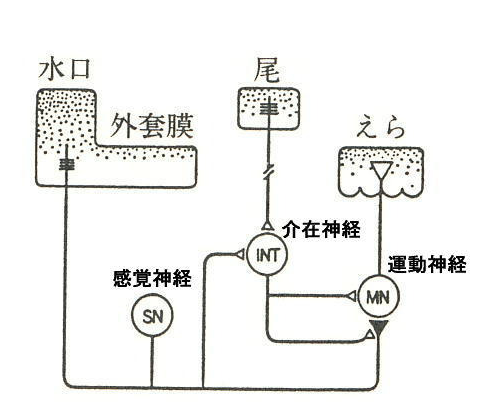
Based on these facts, the following hypothesis was considered.
Serotonin, released at interneuronal axon terminals that transmit tail stimuli ,causes activation of adenylate cyclase through G protein-coupled receptors at sensory nerve axon terminals. Accordingly cyclic AMP is produced , then cAMP activates protein kinase A .
SN: Sensory nerve cell
INT: Interneuron
MN: Motor neuron △: pre-synaptic end
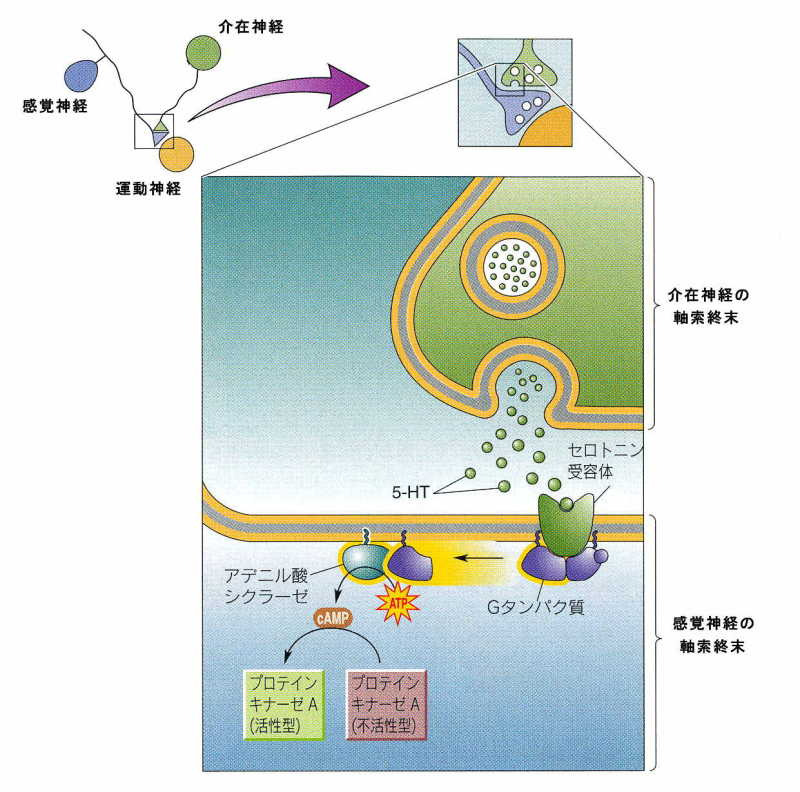
As shown this figure, when the tail is stimulated, serotonin is released at the axon terminals of the interneurons that transmit the tail stimulation.
At the axon terminal of the sensory nerve, there is a serotonin receptor, which is adjacent to the G protein.
When serotonin binds to the receptor, the distant G protein activates adenylate cyclase.
This cyclase converts ATP to Cyclic AMP.
The cAMP produced activates the enzyme, protein kinaseA .
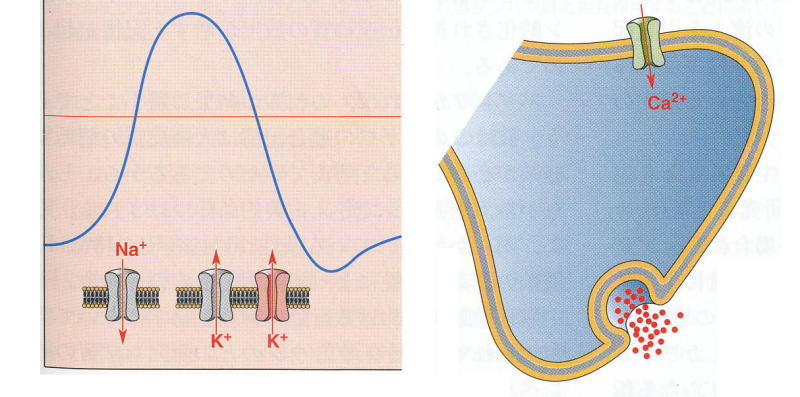
The picture shows the almost normal state of the receptor.
The story begins from here. Activated protein kinase A phosphorylates K channels at sensory nerve terminal and alters channel structure.
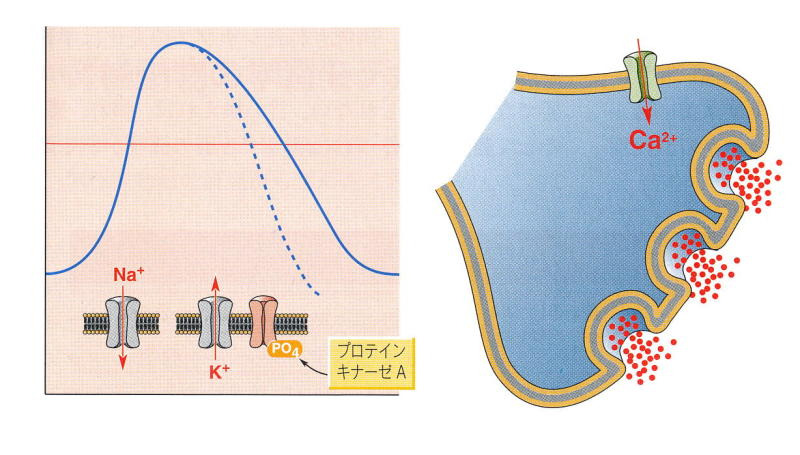 The K channel closes as the structure of the K channel changes, as shown on the left.
The K channel closes as the structure of the K channel changes, as shown on the left.
The K ions inside the cells of the axon do not go out of the cell because the channel is closed. If this state continues, depolarization will continue for a long time.
The voltage-dependent Ca ion opens for a long time. Ca ions increase inside the cell, and more neurotransmitters of sensory nerves are released.
| Then it Increases the sensitivity of the gull-withdrawal reflex. |

In addition, stimulating the sensory nerves, that is siphons, just before the the interneuron,that is the tail, stimulates the sensory nerve axons to open voltage-gated Ca channels, causing Ca ion cells Inflow will increase.
Increased intracellular Ca ion enhances serotonin release besides interneuron and adenylate cyclase activity via intracellular calmodulin.。
Since a large amount of cAMP is generated, the conditioned reflection is completed.
In other words, without applying electrical stimulation to the tail, Aplysia have gill-withdrawal reflex with a light stimulus to the siphon, and Pavlov's conditioned reflex was caused.
This seems to be related to short-term memory.
Protein kinase A has changed the structure of the K channel. In other words, it was involved in the plasticity of synapses. So, when we conduct an experiment that inhibited this kinase A, no gull-withdrawal reflex occurred.
In other words, we conclude that the plasticity of the neural circuit (the property that when the nervous system is deformed, the deformation remains) is the essence of memory.
The important point is that the second messenger called cAMP mainly works. This suggests that the same thing can occur in any nerve as long as it is a carrier substance that elevates cAMP, and can be said to be universal.
In this way, it is possible to apply to human nerves what is happening in a creature called Aplysia that is far from human beings.

